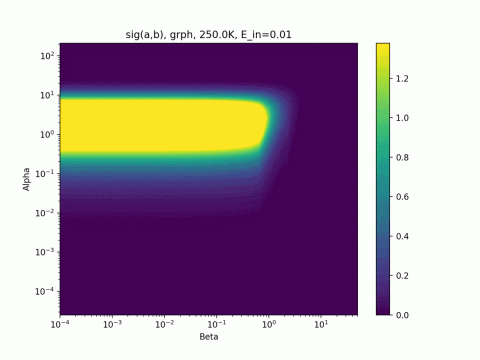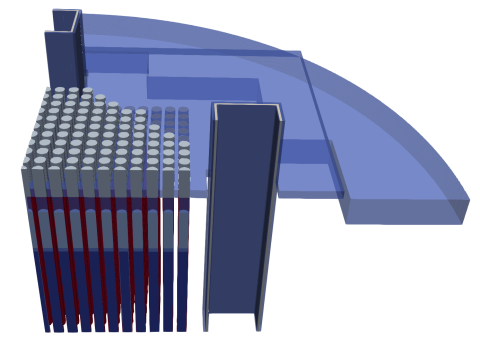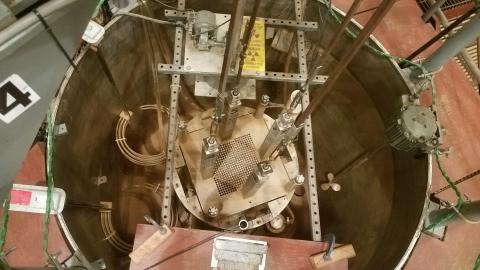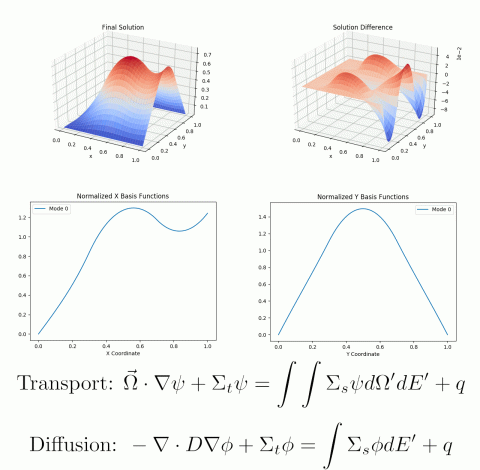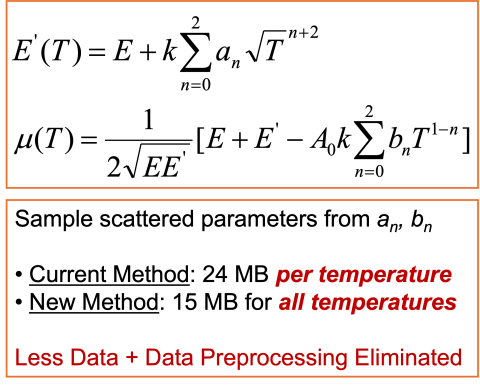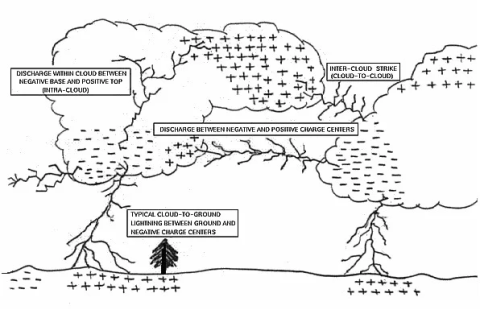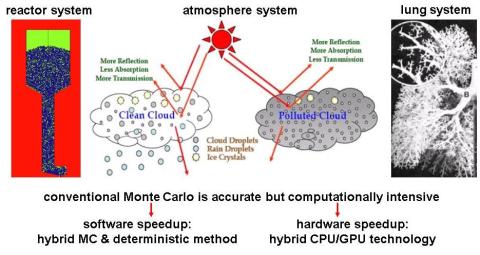Nuclear engineering is an inherently “multi-physical” field of study. Many different phenomena—including neutron transport, heat transfer, fluid flow, chemistry, and more—are all interrelated in nuclear reactors. Until recently the trend has been to solve each problem separately. Multiphysics applications attempt to solve two or more interrelated problems with one coupled simulation. The goal being to surpass the accuracy and efficiency of older, less tightly coupled analysis methods.
As multiphysics applications are developed, it is important to understand how linking various applications will affect computational costs. There are a variety of ways of putting the pieces together, with trade-offs involved. In general, the more loosely coupled two applications are, the easier it is to interface them. However it is often the case that performance is improved by combining the applications more tightly. Thus it is important to the growth of multiphysics tools to develop new coupling approaches that are robust, efficient, and easy to implement.


